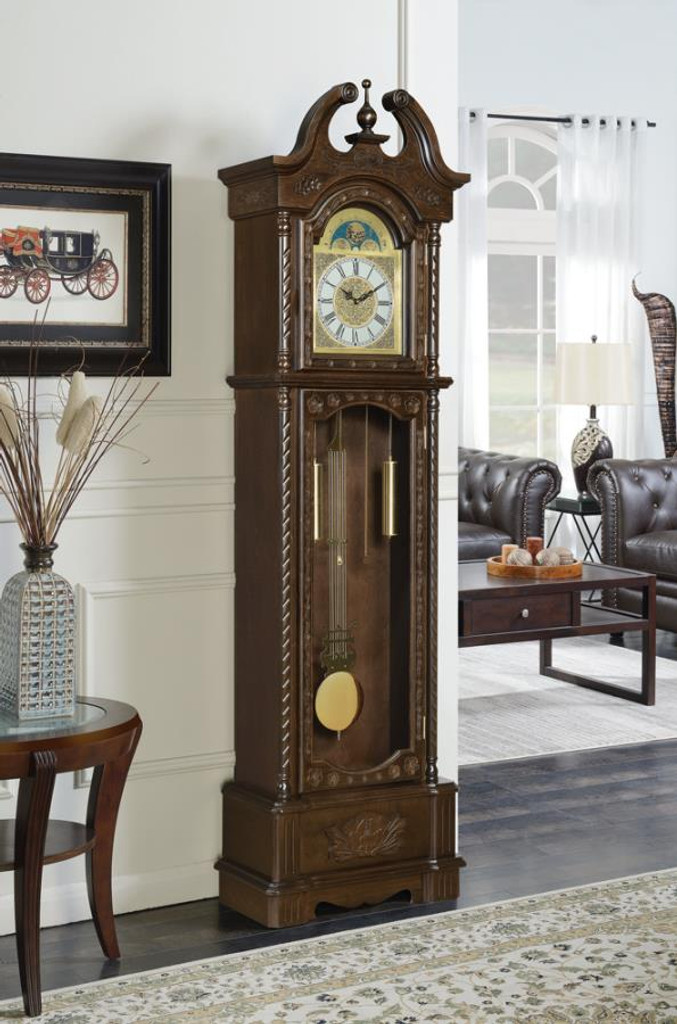Feeling tired of your regular alarm clock? Bored of looking at the same shape and design day in and day out? Sometimes we all need a little refresher, regardless of how big or small, to our daily routine. Why not start with your alarm clock?
The Fundamentals of How Clocks Work

Clocks are one of the oldest human inventions, with the first mechanical clock dating back to 7th century China. These early clocks were powered by waterwheels and gears, and were used to keep track of time for religious purposes.
Flash forward a few hundred years, and clocks had become more sophisticated. In 1657, Dutch scientist and inventor Christiaan Huygens created the pendulum clock, which used a swinging weight to keep time. This design became the standard for clocks over the next 300 years.
Digital clocks were first introduced in the late 1940s, and use electronic oscillators to keep time. Most digital clocks today are powered by quartz crystals, which vibrate at a very precise frequency.
All of these examples rely on some form of oscillation to keep track of time. Oscillations are regular and repetitive motions, like the swinging of a pendulum or the vibration of a quartz crystal. By counting these oscillations, we can measure time.
Popular Clock Types and Their Use
These days, the oscillations used to keep time can be generated by a wide variety of means, resulting in all sorts of different clock types. Here are some of the most sought-after models:
Analog Clock

These clocks have a traditional, clockwork design. They use rotating clock hands to point to the time on a numbered dial. The longer, outer hand shows the hour, while the shorter, inner hand shows the minute. Some analog clocks also have a smaller, third hand that indicates the seconds.
Setting the time on an analog clock is a bit trickier than on a digital one. You’ll need to locate the correct knob or lever, which is usually located on the back of the clock. Once you’ve found it, turn it until the hands point to the correct time.
In any case, analog clocks are easy to read at a glance since the position of the hands directly corresponds to the time. Plus, they’re generally quite affordable and easy to find.
They don’t require any special power source, either. Most analog clocks use a AA or AAA battery, though some larger ones may need a C or D cell. Make sure you check your clock’s power requirements before buying batteries, as some specialty types may require a specific voltage.
Either way, the clock hands are usually driven by a small electric motor. This can create a slight ticking sound, which some people may see as a nuisance. They’re also quite delicate, so be careful how you handle them.
At the end of the day, analog clocks are a classic choice that will never go out of style. Despite their few drawbacks, they offer a simple and elegant way to keep track of time and make a great addition to any home.
Digital Clock
The ever-expanding digital world has taken over the clock industry as well. Nowadays, digital clocks are just as common as their analog counterparts.
They show the time in numerical form, usually using LED or LCD displays. They often include additional features like alarms, stopwatches, and timers. All of these functions are controlled by buttons or switches located on the front or sides of the clock.
Digital clocks are very easy to read, even from a distance. And since they don’t have any moving parts, they’re quite durable and can last for years with proper care. Most of them are also powered by batteries, though some larger ones may need to be plugged into an outlet.
However, digital clocks do have a few drawbacks. First, the displays can be quite bright, which some people may find irritating, especially in a dark room. Second, they’re often more expensive than analog clocks due to their complex internals.
Nonetheless, digital clocks are a great choice for anyone looking for a modern take on timekeeping. They’re easy to use and offer a wide range of features that can come in handy in both your personal and professional life.
Grandfather Clock

Also known as a longcase clock, a grandfather clock is a tall, freestanding model that gets its name from being passed down from generation to generation. Grandfather clocks are usually quite ornate, with intricate woodwork and detailed metalwork. The front panel is typically made of glass, allowing you to see the inner workings of the clock.
They’re mostly powered by weights that hang from the back of the clock and drive the gears inside. These weights need to be wound up periodically, usually once a week. Some newer models are battery-operated, though they still have a pendulum that swings back and forth to keep time.
Grandfather clocks are mostly used as decorative pieces since they’re quite large and require regular maintenance. They’re not the best choice for anyone looking for a functional clock, but they make a beautiful addition to any home.
Cuckoo Clock
The cuckoo sound is synonymous with time, so it’s no surprise that cuckoo clocks are some of the most popular types on the market. These clocks get their name from the small bird that pops out of a door on the front and chirps every hour (or half-hour, in some models).
They’re usually quite small, making them easy to place on a shelf or mantel. They’re mostly made of wood, with intricate carvings on the front and sides. They typically have a pendulum and weights, though some battery-operated models are available.



